“She began to breathe
To breathe at the thought of such freedom
Stood and whispered to her child, belong
She held the child and whispered
With calm, calm, belong.”
REM, “Belong”
I hadn’t sat in Costco’s dining area snacking on pepperoni pizza in several years. The pandemic had put an end to that. But now, as we tip-toe back into “normalcy,” I decided to indulge. If you haven’t enjoyed a Costco hot dog or slice lately, I highly recommend it: if not for the pizza, then for taking in the diverse parade of shoppers streaming endlessly past; male, female, non-binary, obese, heavy, thin, Brown, Black, and White, young, middle-aged, elderly. An impressive, harmonious procession, smiling at one another despite the harried nature of a Costco shopping run.
As I watched the shoppers flow by, I thought about the concept of community. Or perhaps more accurately, what makes a community? Did that procession of Costco shoppers even constitute a community? How does community form, must it exist physically, or is it more an idea (or ideal), held together by assumptions about the commonalities of a given group?
But I was also struck by the shoppers’ differences-at least in physical appearance. Didn’t that preclude the notion, that these people from all walks of life, speaking different languages, in distinctive dress, constituted a community at all, but rather simply a snapshot of people at a big box store on a Saturday afternoon?
Wiki defines community “as a social unit (a group of living things) with a shared socially significant characteristic, such as place, set of norms, culture, religion, values, customs, or identity. Although communities are usually small relative to personal social ties, "community" may also refer to large group affiliations such as national communities, international communities, and virtual communities.” Clearly, this definition is woefully inadequate. Community is much more…more personal, more mysterious, more essential.
After relocating to the Pacific Northwest a couple years back, Joscelyn and I became even more acutely aware of what community means to us, to be a part of a community, to lose it, and most importantly, how to find it again. When preparing to make a move, we think about “things” we must take with us and what to leave behind. Culling and trashing the clutter (physical and otherwise) is a feature of moving. The freedom of abandoning old routines, particularly wasteful or destructive ones, can be a bright spot in an otherwise stressful process of facing the unknown.
Shortly after arriving in Washington, we soon realized what we had actually left behind: the familiar roads we’d travel every day, the shortcuts, and well-worn paths. But leaving friends and neighbors who we previously saw on nearly a daily basis was the hardest part: the easy conversations, drinks and laughter on patios, spontaneous meetups on dog walks. That community we could not bring with us, definitively closing the door on that life, the place, and the people.
We now live in the small rural town of Custer surrounded by horses and cows, farms and crowing roosters, and acres of berry fields. Though it may sound as if we’re isolated, we’ve found plenty of activities to keep us occupied, including something new: we joined a bowling league-even though neither of us have bowled in decades. We joined the league for fairly obvious reasons: the exercise, socializing, challenging ourselves to try new things and, in keeping with the notion of community, we hoped to integrate ourselves into something bigger. Something where we might belong.
In my younger days, I thought of bowling leagues as something that old people join. Bowling is an activity (a “sport,” or so they say) for retirees, like shuffleboard or bridge. My ageist views changed, of course, when I became a member of the community of Elder Americans. At the outset, neither of us anticipated bowling on a regular basis after this summer. But as we improve and become a part of the bowling community, who’s to say it won’t become a larger part of our lives?
Until retirement two years ago, I’d spent 40 years working in international development-first with Peace Corps, then the Inter-American Foundation (IAF). We often think of our work colleagues as family but I thought it more a community of like-minded people united in the belief that improving people’s lives was a worthy goal. At the tender age of 22, I joined Peace Corps with barely a notion that I was making a fateful, life-changing commitment; one that would hew me to a community and way of thinking throughout my career…and life.
Joining Peace Corps, then IAF, led me to photography as a profession. Working primarily to document grassroots development projects and the people who ran them, I was eventually exposed to other communities, if not as a participant, certainly an observer. About ten years ago, I began photographing live music performance and subsequently gained entrée into another community: social media. When a photog I’d long admired actually “welcomed” me to Instagram, I felt that sense of belonging that only a community can impart: in this case, virtual friends (and strangers) coming together to support one another, virtually.
Digital communities can appear overnight. Literally. Previously unbeknownst to me, there exists a loose, but dedicated group of rocket launch observers as I learned during a recent visit to Joshua Tree National Park. As we watched the sun set and the stars emerge, a bright flare raced across the sky. I’d never seen a SpaceX launch before and in the clear, cool high desert sky it was a heavenly vision. After sharing the images we’d taken, and seeing dozens of others, I realized I’d become a member (if only temporarily) of the SpaceX launch community.
That feeling of celestial wonder was magnified many times over when stargazers around the globe shared a once in a lifetime event. This past May’s spectacular aurora borealis appearance across much of the northern hemisphere united millions around the globe. What a feeling of inclusion and belonging to see scores of social media posts with words like ‘it brought me to tears,’ and ‘truly a bucket list moment’ knowing I’d seen and felt the same things as so many others.
I’ve never been a joiner, though. Venturing outside my social bubble is personally challenging. So, learning that social isolation is endemic among older U.S. adults was somewhat worrying. According to the Census Bureau, the number of older adults in the U.S. grew from 4.9 million in 1920 to 55.8 million in 2020, a growth rate of nearly 1,000 percent. That’s a lot of us. As we age, social contact becomes ever more important. According to the Centers for Disease Control (CDC), social isolation and loneliness affect a significant number of older adults in the United States, and is a risk factor that can lead to dementia and other serious medical conditions. A National Academies of Sciences, Engineering, and Medicine (NASEM) report notes that nearly a quarter of adults aged 65 and older are considered to be socially isolated; the reasons for which are varied (living alone, loss of family and/or friends, chronic illness, hearing loss, among others) but the consequences all lead to one place. And I’m certainly not ready to arrive at that destination.
Like all social networks, community requires participation. And participation requires opening up, becoming vulnerable, and establishing if not trust, then trustworthiness. A community exists to validate its members, to help them feel safe, to encourage growth. True communities are welcoming.
The political scientist and author of the seminal “Bowling Alone: The Collapse and Revival of American Community,” Robert Putnam, has studied and written about community for decades. Lamenting the breakdown of social cohesiveness in a recent New York Times interview, Putnam asserts that community grows out of social capital. Building social capital is based on cultivating ties with people like us (bonding) and people unlike us (bridging). Over the last 50 years, however, the long-term trend toward social fracturing is a worrying sign of our society: “…in a diverse society like ours, we need a lot of bridging social capital…bridging social capital is harder to build than bonding social capital. That’s the challenge, as I see it, of America today.”
As Putnam mentions (“…bonding social capital can be very useful, but it can also be extremely dangerous.”), communities can have a dark side, particularly in groups that are united or organized around extreme ideologies. Intolerance of outsiders, targeting those who don’t conform, justifying their existence by scapegoating and attacking the “other,” is arguably not community but something else, something very dark, and very anti-democratic. Similarly, on-line communities have, by their very nature, a lack of intimacy and true communication. We’ve all heard the terms, but to be gas-lighted or ghosted obliterates the notion of community, and perhaps even the idea that online communities can exist. Political and online groups somehow have a greater potential at negating what community is, and to what it aspires.
I often think back to that afternoon in Costco and the rainbow of shoppers on parade, and realizing, “this is what the United States looks like.” There isn’t necessarily a community of Costco shoppers, but rather that they are representative of their own social groups; millions of people, their various communities interacting and overlapping like some massive social Venn diagram. All striving to be accepted, to belong, to share, to grow, to bond, and to bridge.
Putnam continues, “My work is designed to show you how it is that joining a club — even a trivial pinochle club or whatever — does help democracy…it’s only by connecting with other people that we generalize from our experience. [But] it’s got to be fun…I am famous as the advocate of bowling clubs, but you don’t bowl so you can build a better community, you bowl because it’s fun. And in the doing of the bowling, in a team, you’re hanging out with folks and sometimes you’re talking about the latest TV show, or occasionally you might talk about the garbage pickup in town. And that’s democracy...I’m just saying, don’t think the way to save democracy is just to set out to save democracy.”
Joscelyn, Roscoe, and I went to Fairhaven's Movies on the Green recently to watch Best in Show, a film about dog people, itself a community. The evening’s weather was perfect as smiling strangers greeted one another, children scampered about, well behaved dogs got treats, and local musicians enhanced the harmony with their own: all of us building social capital. Reflecting on the experience the morning after, I realized that we are, slowly and surely, finding what we came here for: a place and a feeling where we can, and do, belong.
More later.
(All photos @Mark Caicedo/PuraVida Photography)


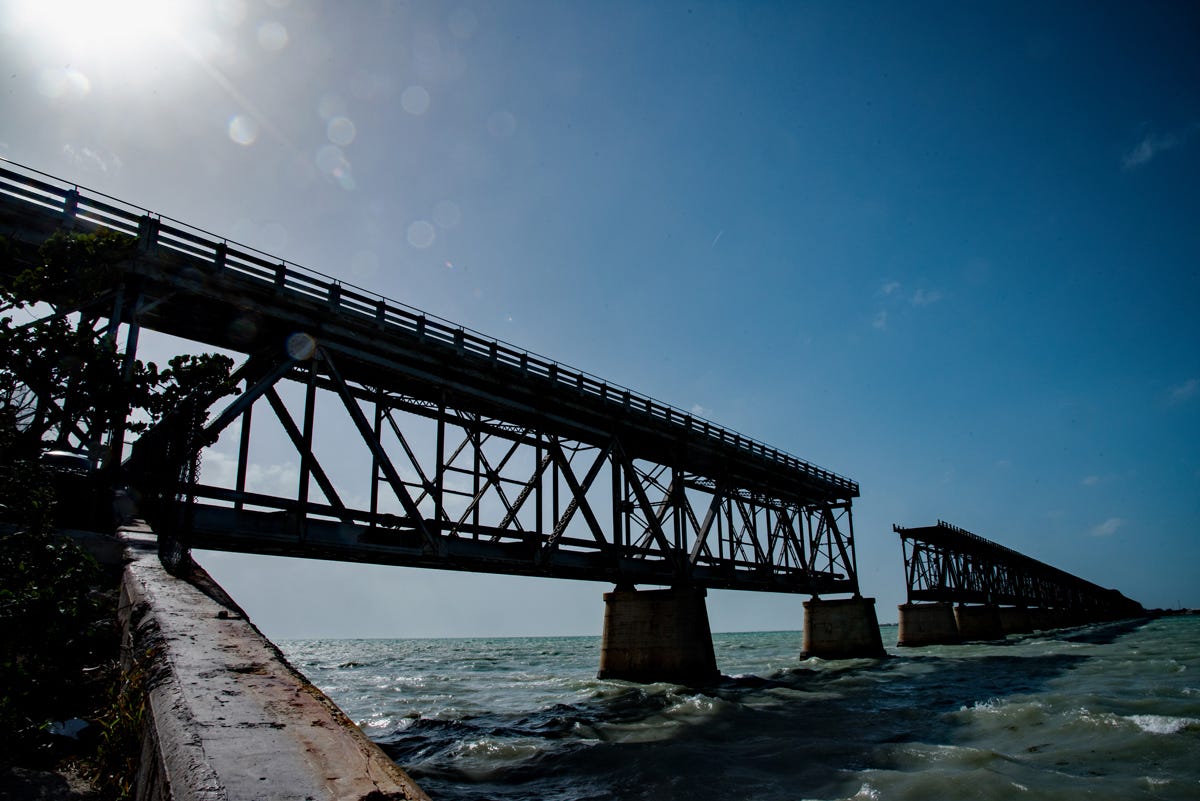
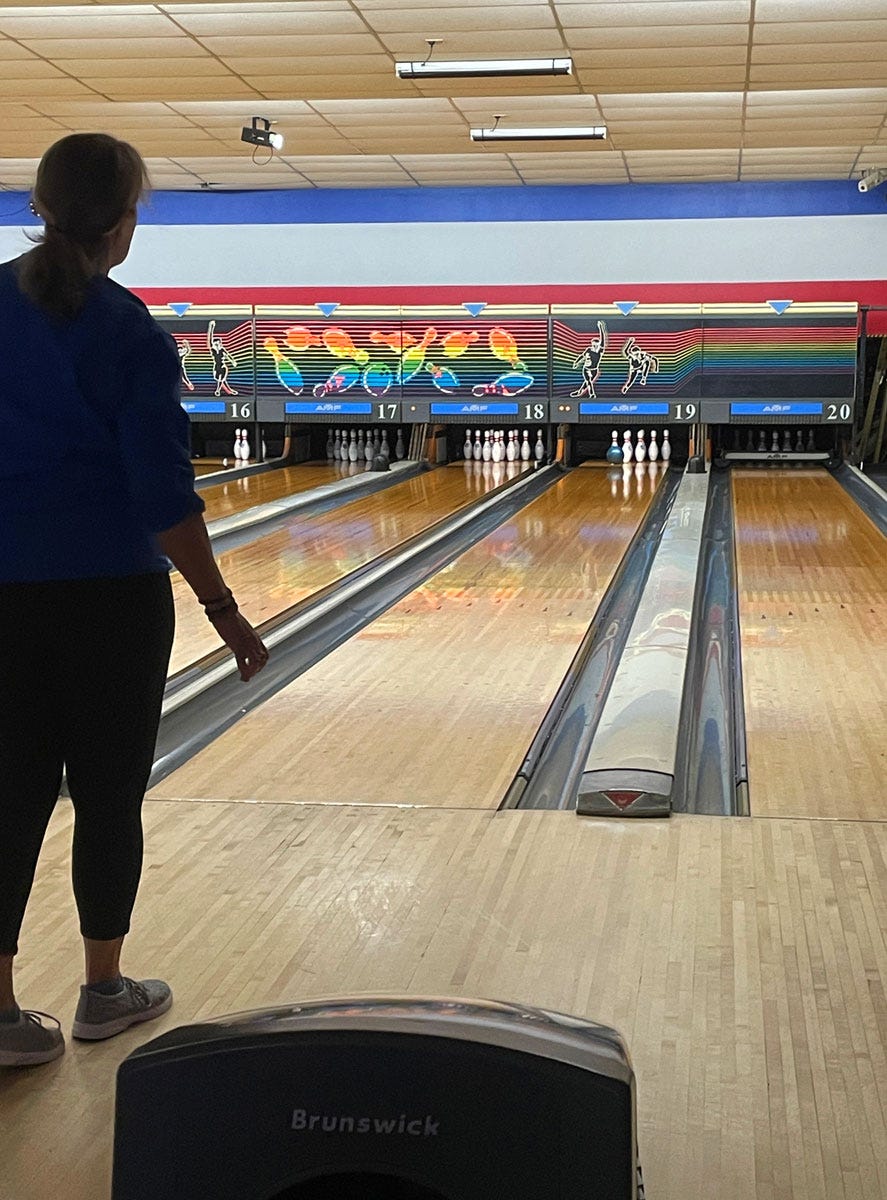

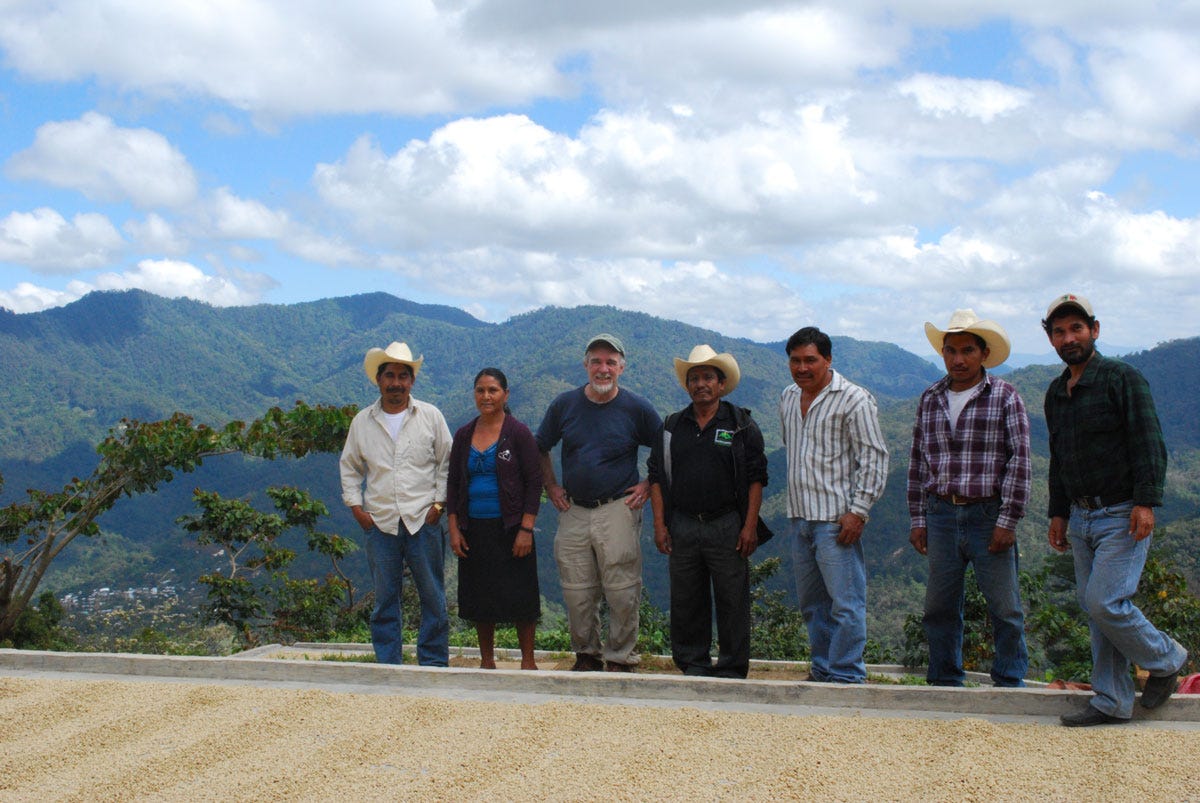
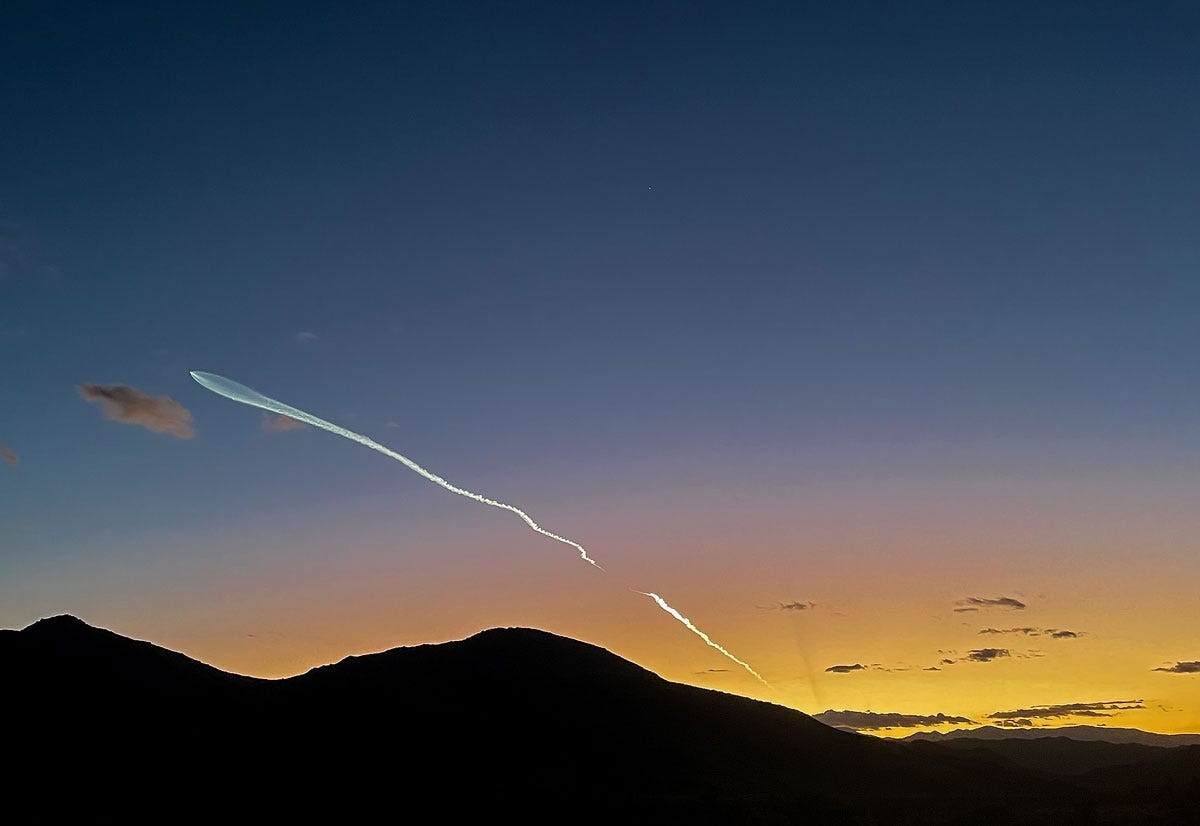

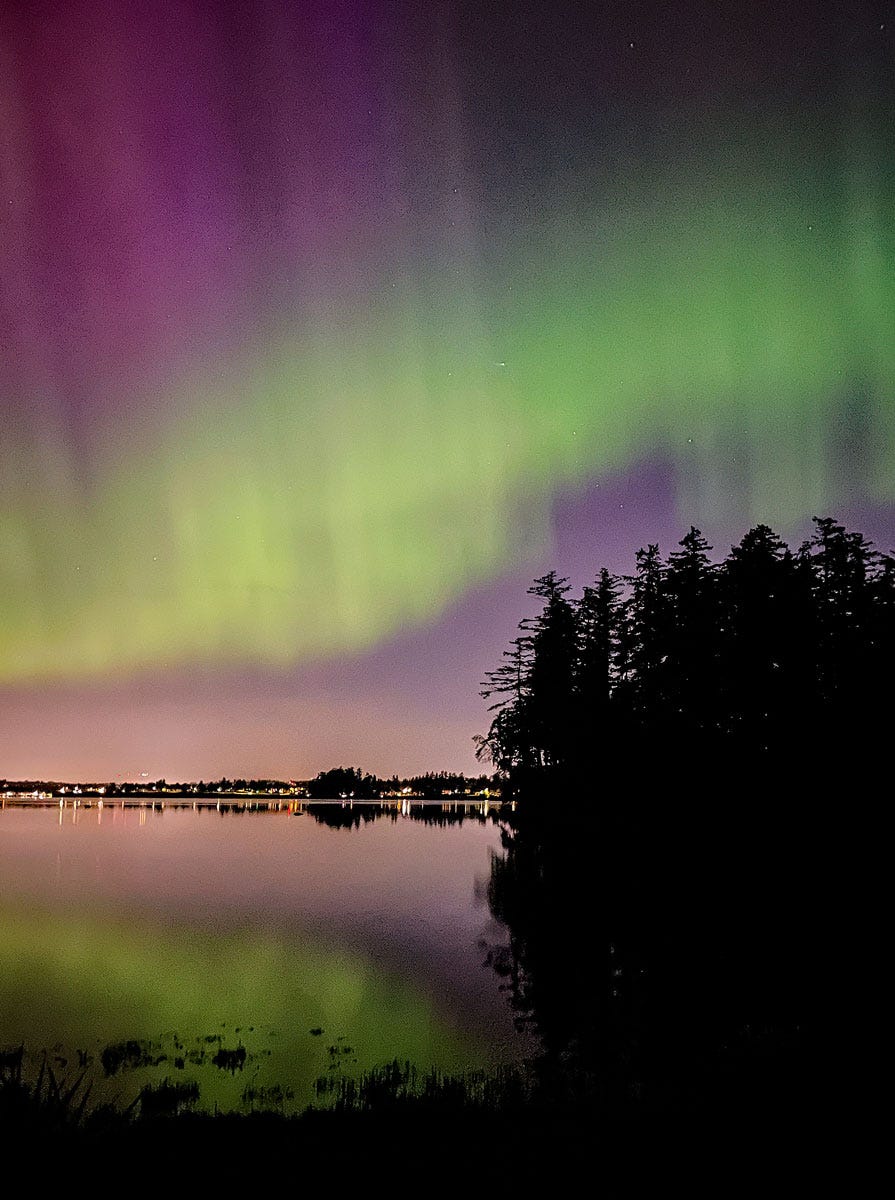
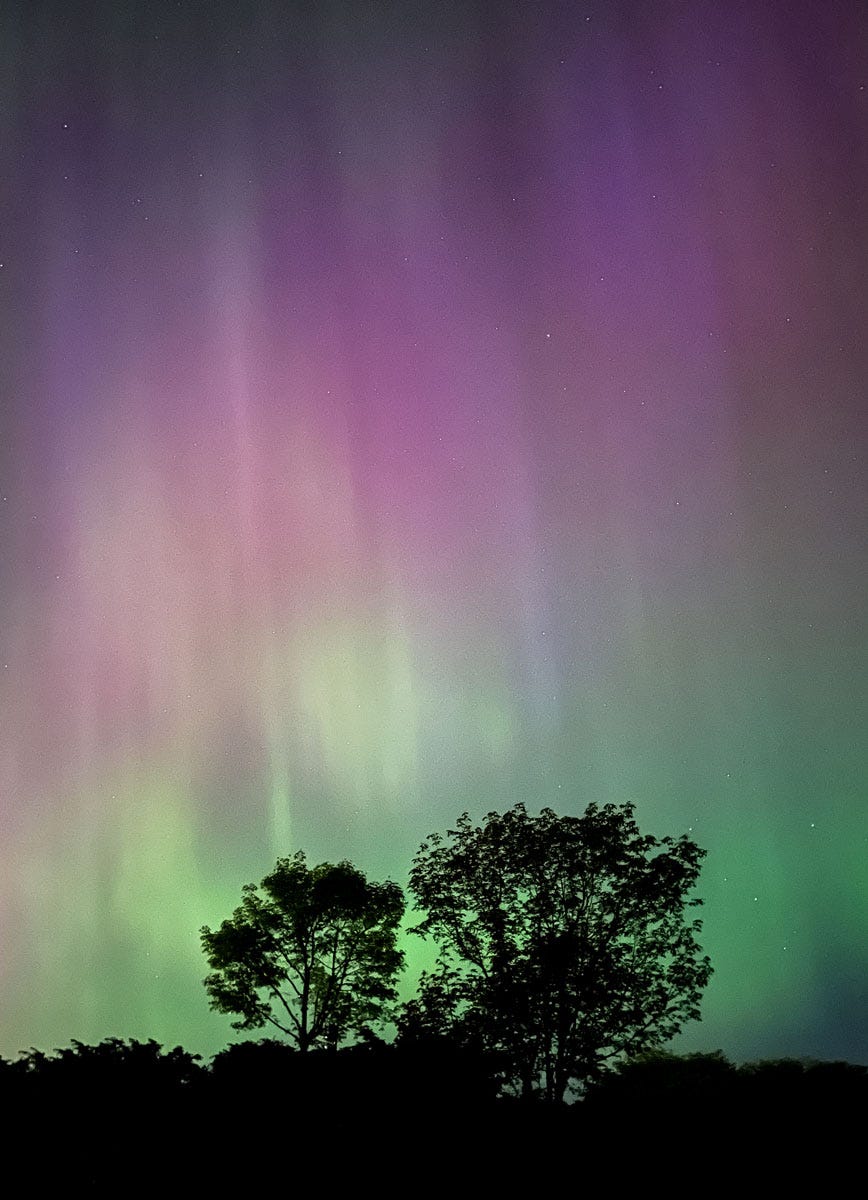
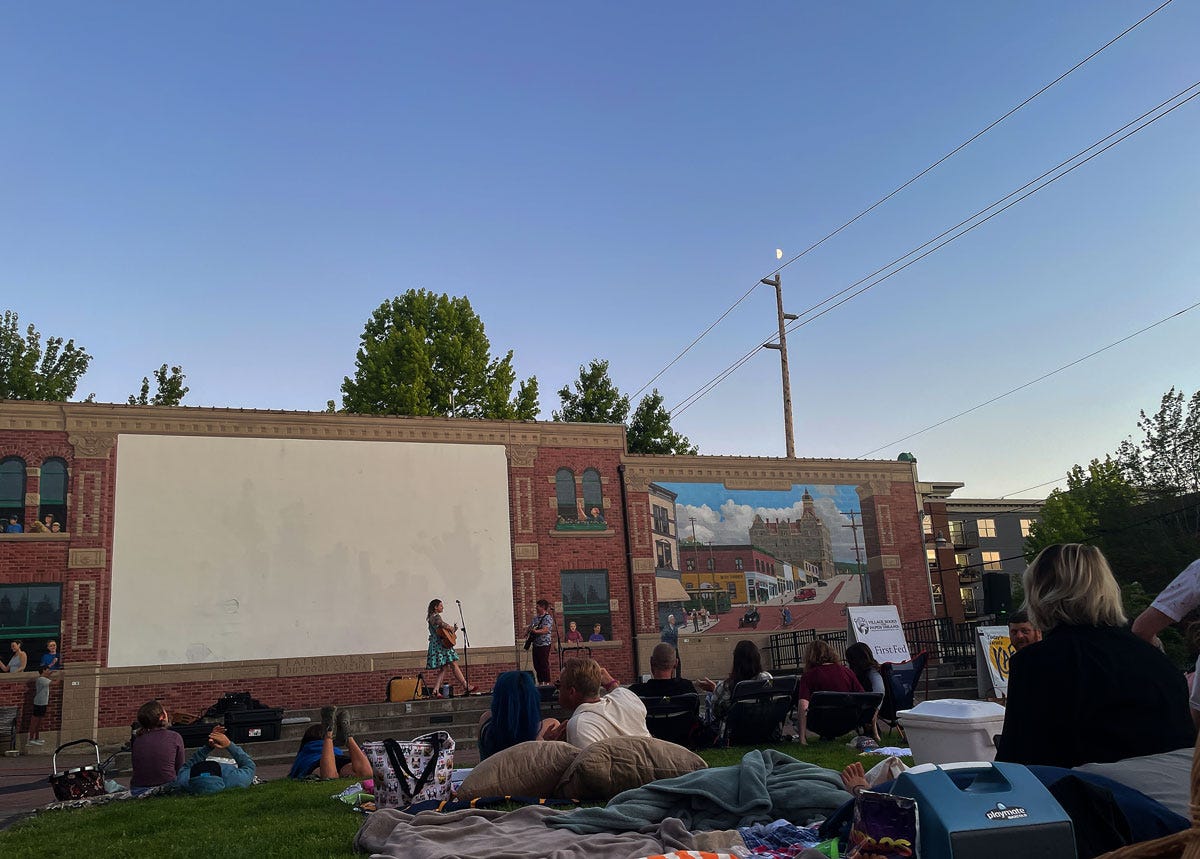
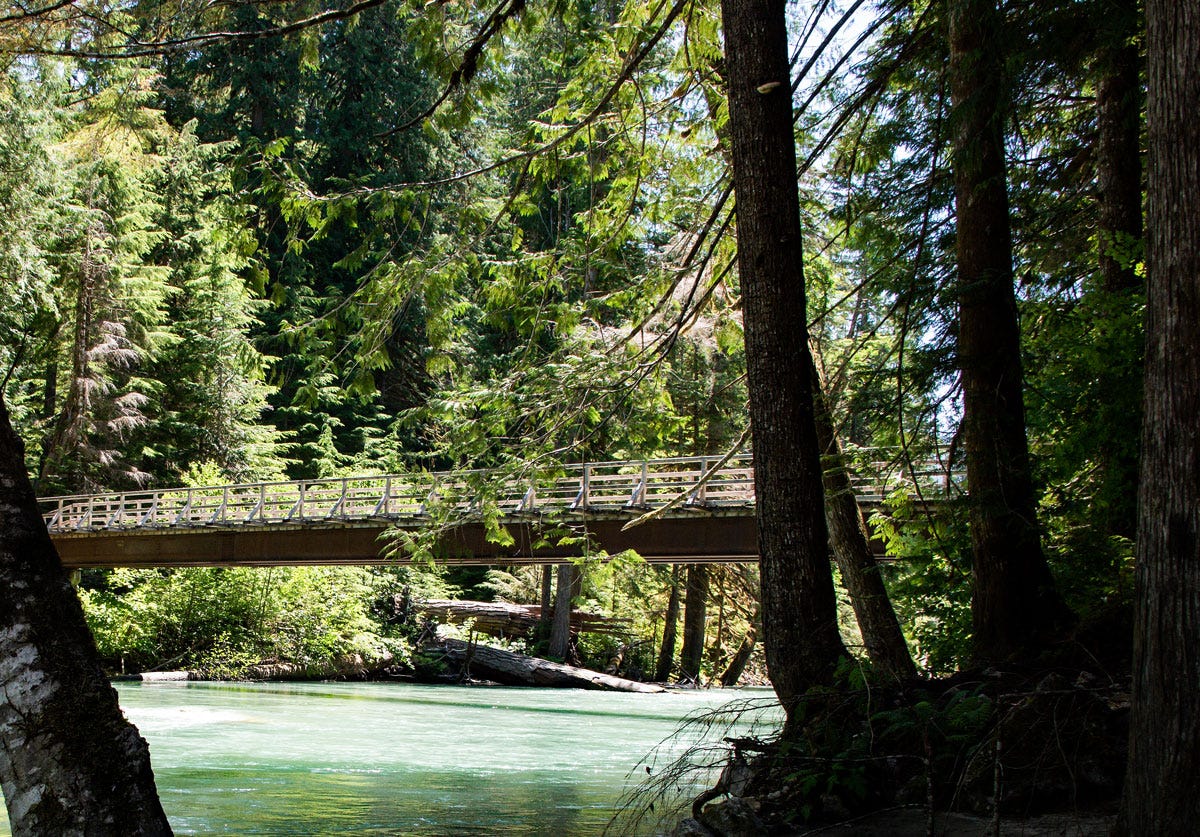
Excellent piece, Mark. Your ruminations on bonding and bridging are very timely, as I have just retired and am adjusting to the sudden withdrawal of daily interaction with the large group of very interesting people I worked with at NASA. You gave me the nudge I need to start working on building some bridges.
Love this. As always your work (visual and written) is stunning and thought provoking. Thank you.